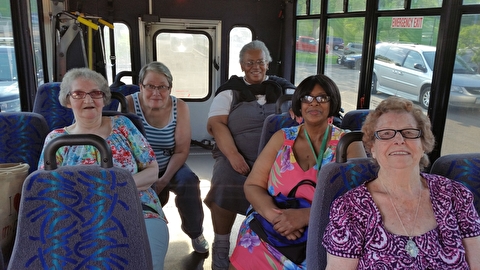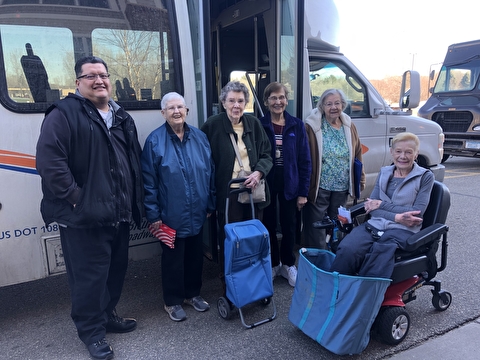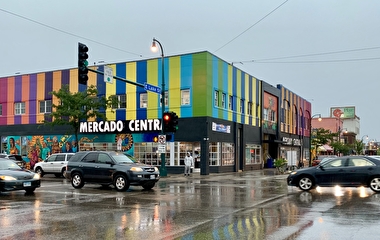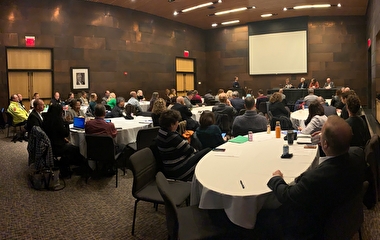Social isolation, particularly among older adults, is a key social determinant of health. Social isolation and loneliness lead to poorer health outcomes, greater health care spending, and even greater mortality. According to new U of M research, public transportation is one promising avenue to mitigate these concerns by connecting people to resources, community amenities and events, and one another.
“As the proportion of older adults in American society increases, we must design solutions to increase the continued integration of older adults into their community,” says Carrie Henning-Smith, an assistant professor at the U’s School of Public Health and the project’s principal investigator. “Public transportation is one critical component of those solutions, especially for older adults who do not have access to private transportation or who are unable to drive.”
While the focus of this work was not on COVID-19, the current pandemic makes these issues even more urgent, she adds. “The risk of social isolation is heightened as people socially distance, and the logistics of providing and funding safe transportation are more complex than ever.”
Others on the research team included Christina Worrall (senior research fellow) and Madelyn Klabunde (research assistant) at the State Health Access Data Assistance Center in the School of Public Health, and Professor Yingling Fan of the Humphrey School of Public Affairs.
The project was funded by the National Center for Mobility Management. “NCMM recognizes the importance of this topic and the need to raise awareness on key related issues,” says Amy Conrick, NCMM director. “We will use the research paper to inform future stakeholder engagement, programs, and policy.”
The researchers used two data-collection approaches: a literature review and interviews with content experts and representatives of select programs. They found that access to and use of public transportation vary dramatically for different subgroups of older adults: Gender, age, income, disability status, ethnicity, and location all make a difference.
For example, in rural and suburban communities, “limited transportation access and the inability to travel outside of county boundaries on public transit routes are major barriers,” says Henning-Smith, who also serves as deputy director of the U’s Rural Health Research Center.
The research team also identified three case examples (Minnesota’s Dakota Area Resources and Transportation for Seniors, or DARTS, and one each in Nevada and Virginia) that together illustrate several common ingredients for success. These include cross-sector collaboration, and patience in generating it; diverse funding streams; affordability; the ability to be nimble in terms of repurposing staff and resources or piloting program tweaks; and knowing who the client is and what the client needs.
Based on its findings, the team offers three sets of recommendations. One set involves expanded collaboration: improving collaboration between transportation and public health at the community level, and increasing involvement and coordination by state agencies to align efforts among transportation, aging services, and health.
Another set of recommendations focuses on operational improvements. The researchers advise expanding publicly funded options for transportation, including a variety of options that are affordable, convenient, attractive, safe, and accessible for all older adults. “We also recommend broadening the focus of transportation’s purpose beyond medical transportation to include destinations for social purposes—libraries, community centers, theaters,” Henning-Smith says.
A consistent theme from the research is a need to increase older adults’ knowledge of public transit systems and reduce stigma about using them. “For some people, this relates to a fear of getting lost, concerns about safety, and a lack of trust in the system,” Henning-Smith says. “Others don’t know what services are available to them or how the transportation options work, or think systems are for someone else.”
The last set of recommendations describes additional research needs, including gathering and incorporating community input. “Our team believes urgent and coordinated action is needed to ensure that all older adults have equitable access to destinations that support their well-being,” Henning-Smith says.




